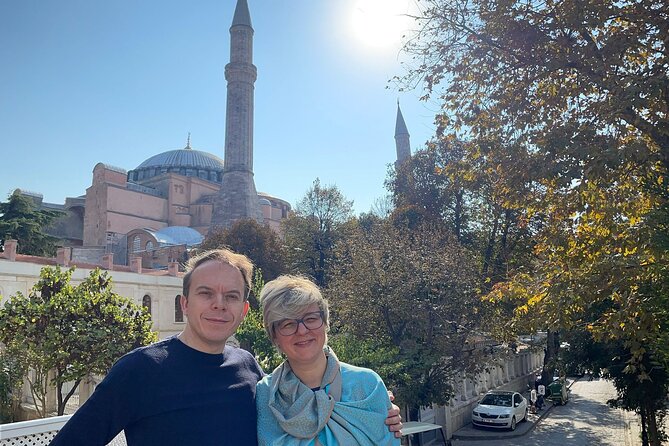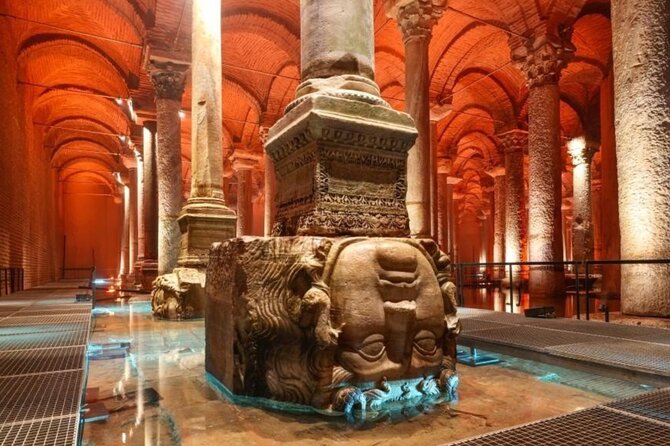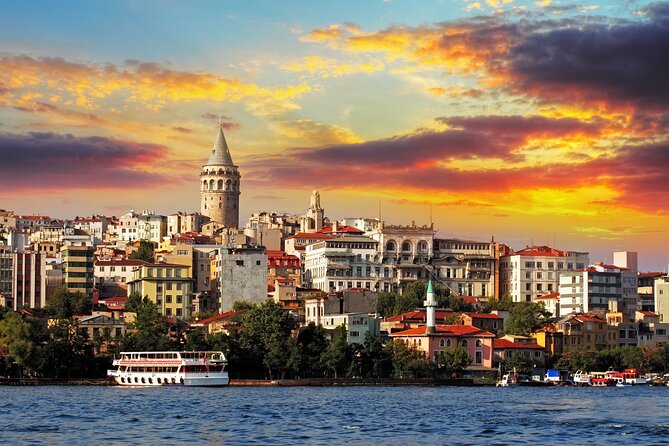When you visit Topkapı Palace, don’t miss the chance to explore the Imperial Harem. Pay the extra fee for a tour of this private, restricted area where the Sultan lived with his family and servants. The harem is a labyrinth of narrow halls, courtyards, and countless interconnected rooms. Here’s a guide to the main areas you’ll see, but keep in mind that some rooms may be closed for renovations.
Starting Your Tour
Your harem tour starts in the Second Courtyard at the Carriage Gate (alar Kapısı). From there, you’ll pass through:
The Hall with Fountain
This entry room, named for the marble fountain that once stood inside, was guarded by the Harem eunuchs. Damaged by fire in 1665, the room was renovated, and the current tiles are from the 17th century. To the left, you’ll see the Mosque of the Eunuchs. Look for the stone pedestal near the mosque entrance, used by the Sultan to mount his horse, and the stone benches along the opposite wall, used by the guards.
The Court of the Eunuchs
Dating back to the mid-16th century, this is the first courtyard in the Harem. The surrounding buildings include the Dormitory of the Eunuchs, the Apartments of the Chief Harem Eunuch, and the School of the Princes and Gentlemen-in-waiting of the Sultan.
- Eunuchs Quarters: These 16th-century dormitories had upper-level rooms for novices and lower levels for eunuchs with administrative duties.
- Apartments of the Chief Black Eunuch: Dating to the late 16th century, these apartments feature a fireplace with 18th-century tiles, a bath (hamam), and several other rooms. The upper level houses the School of Princes.
Entering the Harem Proper
Main Entrance to the Harem
This gilded gate leads to the Sentry Post (Nöbet Yeri) and connects the Courtyard of the Eunuchs to the actual Harem, where the Sultan’s family lived. Notice the cypress trees on the tiled wall and the 18th-century gilded mirror in the Sentry Post. Doorways here lead to the Sultan’s quarters, Court of the Queen Mother, and Court of the Concubines.
Apartments of the Sultan’s Favorite Wives
These three 16th-century apartments served as the private quarters of the Sultan’s Chief Consorts, his most favored wives or concubines.
The Courtyard of the Queen Mother
At the heart of the harem complex, this courtyard is surrounded by several private chambers, including the Apartments of the Favorite Wives, the Apartments of the Queen Mother, and the Baths of the Sultan. Its central location reflects the Queen Mother’s importance in the Harem’s hierarchy.
- Apartments of the Queen Mother (Valide Sultan Dairesi): Built in the late 16th century for Sultan Nurbanu, mother of Sultan Murat III, these apartments were damaged by fire in 1665. The current appearance reflects renovations from various periods, most recently rococo-style additions during the time of Queen Mother Valide Sultan Mihrişah, mother of Sultan Selim III. The main living space features a symbolic throne (Şirvan), 17th-century tiles depicting the Holy Ka’bah, and 19th-century wall paintings.
The Baths of the Sultan and the Queen Mother (Hünkâr ve Vâlide Hamamları)
Constructed in the 16th century and redecorated in rococo style in the 18th century, these baths feature a Roman-style hypocaust heating system, marble floors and tub, and a golden gate to protect the Sultan or Queen Mother from assassination attempts. The baths include a caldarium, tepidarium, and frigidarium.
Courtyard and Kiosk of Osman III
This 18th-century pavilion and garden with a marble pool were built during the reign of Mahmud I.
Throne Room and Privy Chambers
Throne Room/Imperial Hall
This late 16th-century hall, the largest domed area and most important room in the palace, hosted wedding ceremonies and entertainment events. It also serves as the entrance to the Sultan’s apartments. Look for the Sultan’s throne and decorative 18th-century Delft tiles.
The Privy Chamber of Sultan Murat III (III. Murat Has Odası)
Dating back to the 16th century, this is the oldest room in the Harem, with its original interior. Notice the decorative tilework, border tiles with calligraphic writing from the Qur’an, a two-tiered marble fountain, a fireplace with a gilded hood, and two 18th-century thrones.
The Privy Chamber of Sultan Ahmet I
This 17th-century domed sultan’s residence is decorated with green tiles, shutters, and doors inlaid with ivory, mother of pearl, and tortoiseshell.
The Privy Chamber of Ahmet III (III. Ahmet Has Odası)
Also known as the ‘Fruit Room’ (Yemiş Odası), this colorful 18th-century chamber was perhaps used as a dining room. It features floral and fruit designs and a vaulted wooden ceiling.
Twin Kiosk and Golden Road
The Twin Kiosk/Apartments of the Crown Prince (Çifte Kasırlar / Veliaht Dairesi)
These two 17th-century pavilions have been used as the privy chambers of the Crown Princes since the 18th century. Notice the fountains with marble basins, stained glass windows, and the original hand-drawn gilded fabric covering the ceiling.
The Interval (Mabeyn)
This 18th-century pavilion bordering the Mabeyn Courtyard has upper-level rooms used by the Chief Consorts and a lower-level apartment that served as the residence of Sultan Abdülhamit I and his family.
The Golden Road (Altınyol)
This narrow 15th-century passage runs from the Courtyard of the Harem Eunuchs to the Privy Chamber and Pond Terrace.
Practical Information
- Location: The Harem is located on the grounds of Topkapı Palace. The entrance is on the left side of the Second Courtyard, directly behind the Divan Lounge.
- Tickets: Adult admission to the Harem is 15.00 TL, separate from the Palace admission of 30.00 TL. Buy tickets at the main ticket office in the First Courtyard. A Palace ticket is required to enter the grounds.
More About the Harem
- The Imperial Harem housed up to 300 concubines and 900 slaves at its peak, guarded by black eunuchs.
- The Harem had a complex social structure with strict rules and a hierarchy based on the Sultan’s favor.
- Many rooms were decorated by the famous Ottoman architect Mimar Sinan and his students.
- The Harem served as a residence and a center of education and training for the women who lived there.
- The Queen Mother, or Valide Sultan, was the most powerful woman in the Harem and often influenced the Sultan and the empire.
Tips for Your Visit
- Plan to spend 1-2 hours exploring the Harem, as there are many rooms and courtyards to see.
- Wear comfortable shoes, as there’s a lot of walking and some uneven surfaces.
- Photography is allowed inside the Harem, but respect other visitors and any posted restrictions.
- Consider hiring a guide or using an audio guide to fully appreciate the history and significance of the various areas.
- Visit early in the day or later in the afternoon to avoid the largest crowds.
A tour of the Imperial Harem at Topkapı Palace offers a fascinating look into the private lives of the Ottoman Sultans and their families. From the lavish apartments of the Queen Mother to the intricately decorated Privy Chambers, the Harem showcases the wealth, power, and artistry of the Ottoman Empire. Whether you’re a history buff or simply curious about this secretive world, a visit to the Harem is an unforgettable experience that should not be missed during your time in Istanbul.





